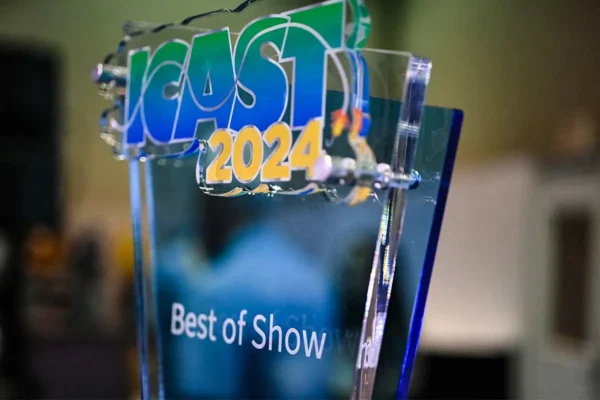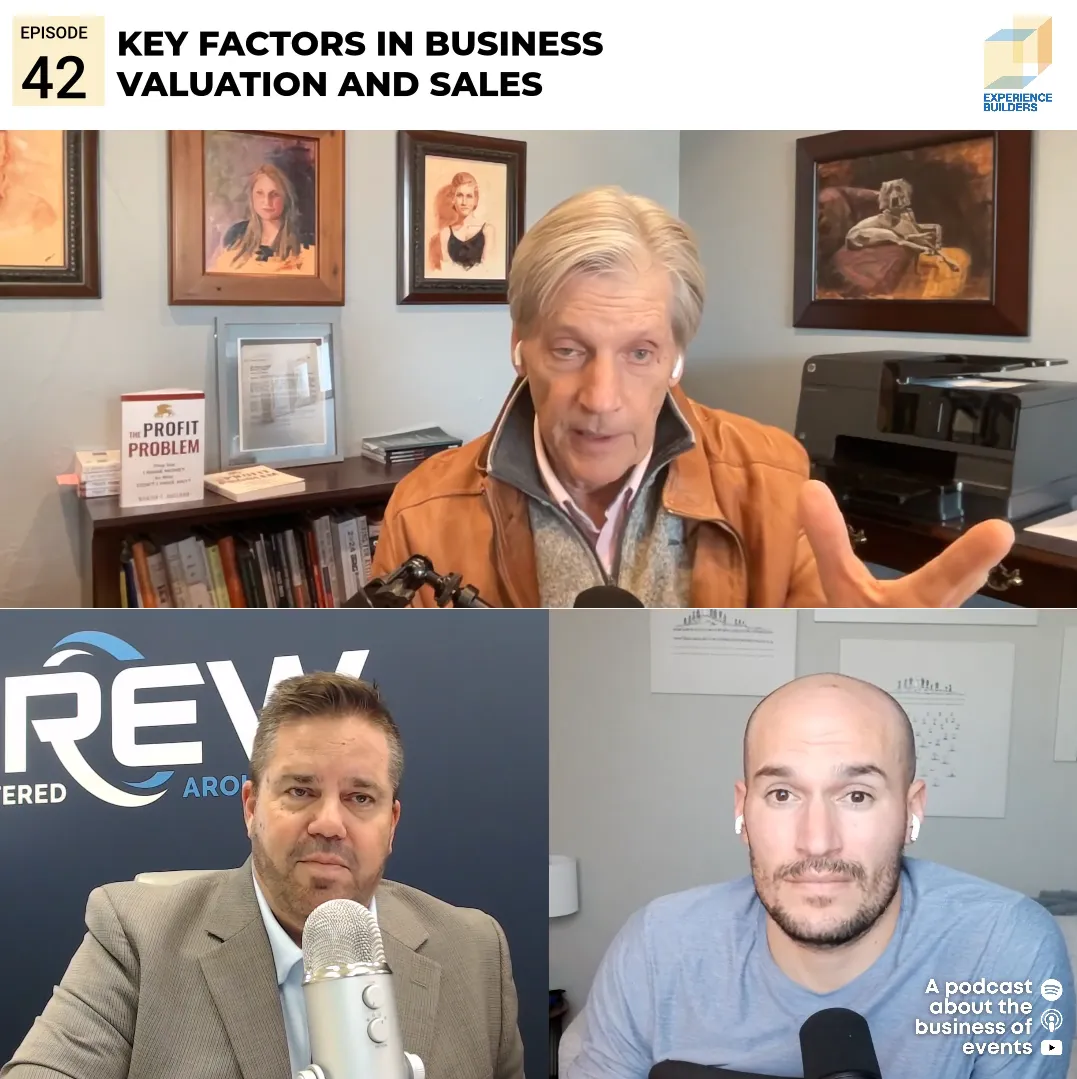Working in the tradeshow industry for nearly 15 years after beginning his career as an estimator, David Callahan founded Unified Systems Inc. in 2005 to provide project management and engineering services for the tradeshow industry.
Callahan guides his clients on their road to success, providing expanded services to help them deliver their messages and generate leads. Through his company’s exhibit program, he also assists clients in making practical decisions that won’t break the bank and keeps the process as uncomplicated as possible.
 Experienced in blending custom elements with standard structures, Callahan offered advice about exhibit rentals that he often gives his clients from the U.S. and overseas. Additionally, he gave insight into the growth of exhibit rentals over the years.
Experienced in blending custom elements with standard structures, Callahan offered advice about exhibit rentals that he often gives his clients from the U.S. and overseas. Additionally, he gave insight into the growth of exhibit rentals over the years.
What contributed to exhibit rentals becoming the fastest growing segment in the tradeshow industry?
You can cover the entire expense for an exhibit rental in one fiscal year and avoid tax burdens. [The end user] can meet budget milestones. It’s turnkey. You can walk away and don’t have to worry about it anymore. When you purchase an exhibit, there are ancillary costs outside the initial purchase.
I don’t see a separation of whether the client should rent or buy. It has to make sense for the client. Some don’t want to deal with storage, and there is no big overhead. A rental exhibit could be the way to get their feet wet. My company’s slogan is “making exhibiting simple.” Things don’t need to be overcomplicated.
I like rental exhibits because it can be anything you want. If you’re going to multiple shows, every show can be different. You’re not stuck with one design or building one massive thing each time. It’s a great way to have flexibility and multiple looks in different tradeshow environments. [End users] are getting the best visual bang for their buck.
After the transition from custom exhibits to more exhibit rentals, what type of changes did you see in the industry and on the show floor?
When the economy tightens, people minimize tax burdens. After the economic downturn in 2008, many moved to rentals because it was less expensive. That’s been the trend for a number of years.
Of the most common exhibit rentals, which is more popular and why?
There has been a downturn in portable exhibits. More people are moving toward custom. We’ve had the most success with blending systems and our custom program. It’s more budget driven than driven by design.
We’ve also seen success with hybrids that include common elements for storage, getting the exhibit a story up into the air — a solution for multimedia or for showing products. We add aesthetics and marry custom elements to standard. It’s cheaper than if you buy it. We can achieve something similar to a custom exhibit at a lower price point.
How is the show organizer’s relationship with the general contractor affected when the show organizer starts selling its own rental packages to exhibitors?
I’ve seen general contractors trading volume for margin. It’s similar to the more types of insurance you buy from one provider, the more discounts you can get. It’s like a discount on bundled services when you buy them wholesale from the general contractor. This has been going on for a long time.
If renting somehow cost more than owning an exhibit, what could that be attributed to?
You can’t ask for a specific design and call it a rental. That doesn’t exist because construction costs have to be covered. It’s mostly international folks who are not familiar with practices and how we do it in the U.S. market. Someone asks for a rental exhibit and then wants us to produce a specific design. This means they are doing a build and burn situation. They don’t want the responsibility [of owning the exhibit], so they pay full construction costs for one-time use. Then they have us chop it up and put it in the dumpster. In order for rentals to be cost-effective, they have to be reused again and again.
Drayage and show expenses can get very large [in the U.S]. We worked with a client from China who had built a 17,000-pound structure and shipped it to the U.S. for finishing. The client needed a special flatbed and extensive show site handling. The drayage on the structure was through the roof. He could ship it from China for next to nothing, but expenses [grow] when they get here. Had they come to us from the beginning, we could have reduced the costs overall for a similar look and feel.
Is there something about exhibit rentals end users rarely know, but they should?
If you’re looking for a rental solution, be realistic based on common denominators. Use common elements that are like building blocks to create a wide variety of things. Let them focus their dollars where it really counts on graphics, multimedia and sending their message to their customers.






























